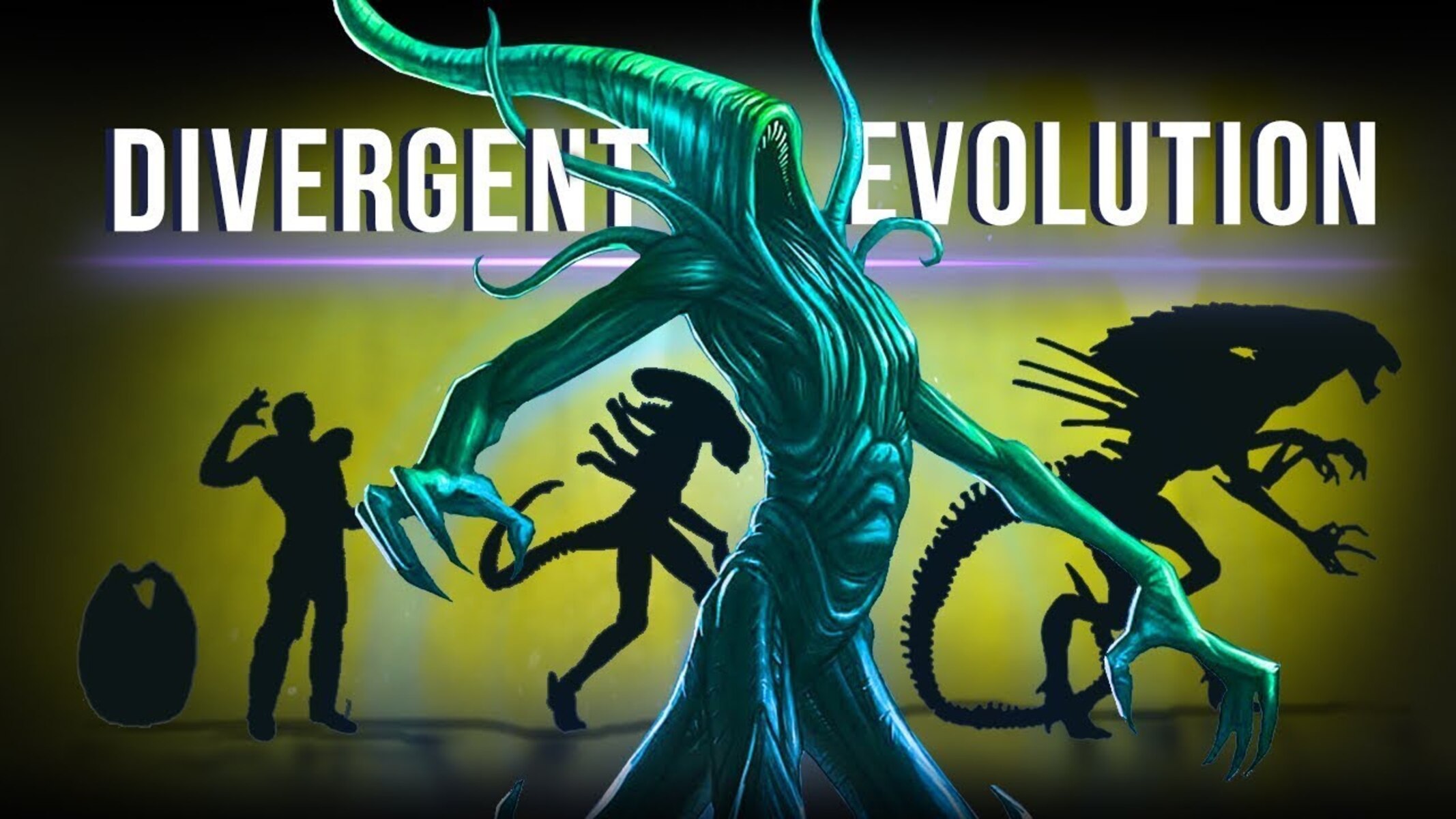
Divergent evolution is a captivating concept that lies at the heart of biological diversity. It refers to the process through which species diverge and evolve from a common ancestor, adapting to different environmental conditions and developing unique traits over time. This phenomenon has shaped the Earth’s ecosystems, giving rise to an astonishing array of species with distinct characteristics.
In this article, we will delve into the fascinating world of divergent evolution and explore 13 intriguing facts that illustrate its significance in the realm of biology. From the evolution of Darwin’s finches in the Galápagos Islands to the remarkable adaptations of marsupials in Australia, we will uncover the amazing ways in which divergence has shaped and molded life on our planet.
Key Takeaways:
- Divergent evolution creates diverse species from a common ancestor, showcasing the amazing ways life adapts to different environments and ecological niches.
- Geological events and genetic variation drive divergent evolution, leading to the formation of new species over long periods of time.
Survival of the Fittest
Divergent evolution is driven by the principle of “survival of the fittest.” This process occurs when a single ancestral species evolves into multiple distinct species, each adapted to a specific ecological niche.
Branching Out
Divergent evolution leads to the formation of branching evolutionary tree diagrams that illustrate the relationships between species. Each branch represents a new species that has diverged from a common ancestor.
Adaptive Radiation
One of the prominent outcomes of divergent evolution is adaptive radiation, where a single ancestral species gives rise to multiple new species that inhabit different environments and display unique adaptive traits.
Homologous Structures
Homologous structures, such as the pentadactyl limb found in various vertebrates, are a result of divergent evolution. These structures have a common evolutionary origin but have diverged in their form and function.
Anatomical Differences
Divergent evolution leads to significant anatomical differences among species descended from a common ancestor. These differences can include changes in body size, shape, coloration, and organ structure.
Genetic Variation
Divergent evolution is driven by genetic variation within a population. Mutations, gene flow, genetic drift, and natural selection contribute to the accumulation of genetic differences among diverging species.
Speciation
Divergent evolution plays a crucial role in the process of speciation. As populations of a species become isolated and undergo different selection pressures, they can eventually evolve into separate species that are reproductively isolated from each other.
Ecological Niches
Divergent evolution allows species to occupy different ecological niches. Each species evolves distinct adaptations to exploit specific resources and avoid competition, leading to a diverse array of species within a given ecosystem.
Convergent Evolution
Contrary to divergent evolution, convergent evolution occurs when different species independently evolve similar traits or adaptations due to similar environmental pressures. This phenomenon reinforces the importance of adaptation in evolutionary processes.
Extinction
Divergent evolution can ultimately lead to the extinction of certain species. As new species emerge and occupy different ecological roles, some species may no longer be able to compete and survive, thus becoming extinct.
Geological Influences
Geological factors, such as the separation of landmasses or the formation of mountain ranges, can contribute to divergent evolution. These events can physically isolate populations, leading to genetic divergence and the formation of new species.
Time Scale
Divergent evolution occurs over long periods of time, as it takes generations for genetic differences to accumulate and new species to form. It is a gradual process driven by natural selection acting on heritable variations.
Evolutionary History
Divergent evolution provides insights into the evolutionary history of organisms. By studying the similarities and differences between closely related species, scientists can reconstruct the ancestral characteristics and infer the sequence of evolutionary events.
In conclusion,
The 13 fascinating facts about divergent evolution highlight the incredible diversity and intricacies of the evolutionary process. Understanding how species diverge and adapt to different environmental conditions is essential for unraveling the complexity of life on Earth. Divergent evolution showcases the power of natural selection and the marvels of life’s biodiversity.
Conclusion
In conclusion, divergent evolution is a fascinating concept that helps us understand the diverse array of species that exist today. Through the process of divergent evolution, organisms can evolve from a common ancestor and gradually develop different traits and characteristics to adapt to their unique environments.
This phenomenon is not only seen in different species within a single ecosystem but also across different continents and habitats. The study of divergent evolution has provided valuable insights into the intricate web of life on our planet and how species have adapted and evolved over time.
By analyzing the various factors that contribute to divergent evolution, scientists can gain a deeper understanding of the mechanisms that drive species diversification and the formation of new species. This knowledge is not only crucial for our understanding of the natural world but also for conservation efforts and ensuring the long-term survival of diverse ecosystems.
FAQs
Q: What is divergent evolution?
Divergent evolution is the process by which closely related species evolve different traits and characteristics over time in response to different environmental conditions.
Q: What is the difference between divergent and convergent evolution?
Divergent evolution involves the development of different traits and characteristics in closely related species, while convergent evolution refers to the development of similar traits in unrelated species due to similar environmental pressures.
Q: How does divergent evolution contribute to biodiversity?
Divergent evolution plays a crucial role in the creation and maintenance of biodiversity. Through this process, new species are formed, each with their own unique set of traits and adaptations, leading to the diversity of life we see today.
Q: Can divergent evolution occur within the same species?
Yes, divergent evolution can occur within the same species. This is known as microevolution, where populations of a species develop different traits in response to different environmental conditions, eventually leading to the formation of new subspecies or varieties.
Q: How does divergent evolution contribute to the survival of species?
Divergent evolution allows species to adapt to different environmental niches, increasing their chances of survival. By developing unique traits and characteristics, organisms can better exploit their specific habitats and resources, reducing competition with closely related species.
Q: Can divergent evolution occur rapidly?
Yes, divergent evolution can occur rapidly under certain circumstances. Rapid environmental changes or the colonization of new habitats can lead to adaptive radiations, where species quickly diversify to exploit the available resources and ecological niches.
Divergent evolution is just one piece of the puzzle. Dive deeper into the captivating world of biology with our other articles. Uncover enigmatic facts about evolutionary biology, revealing how life adapts and changes over time. Explore astonishing facts about speciation, the process by which new species emerge. Lastly, prepare to be amazed by astounding facts about adaptive radiation, showcasing how organisms diversify rapidly to fill new ecological roles.
Was this page helpful?
Our commitment to delivering trustworthy and engaging content is at the heart of what we do. Each fact on our site is contributed by real users like you, bringing a wealth of diverse insights and information. To ensure the highest standards of accuracy and reliability, our dedicated editors meticulously review each submission. This process guarantees that the facts we share are not only fascinating but also credible. Trust in our commitment to quality and authenticity as you explore and learn with us.


